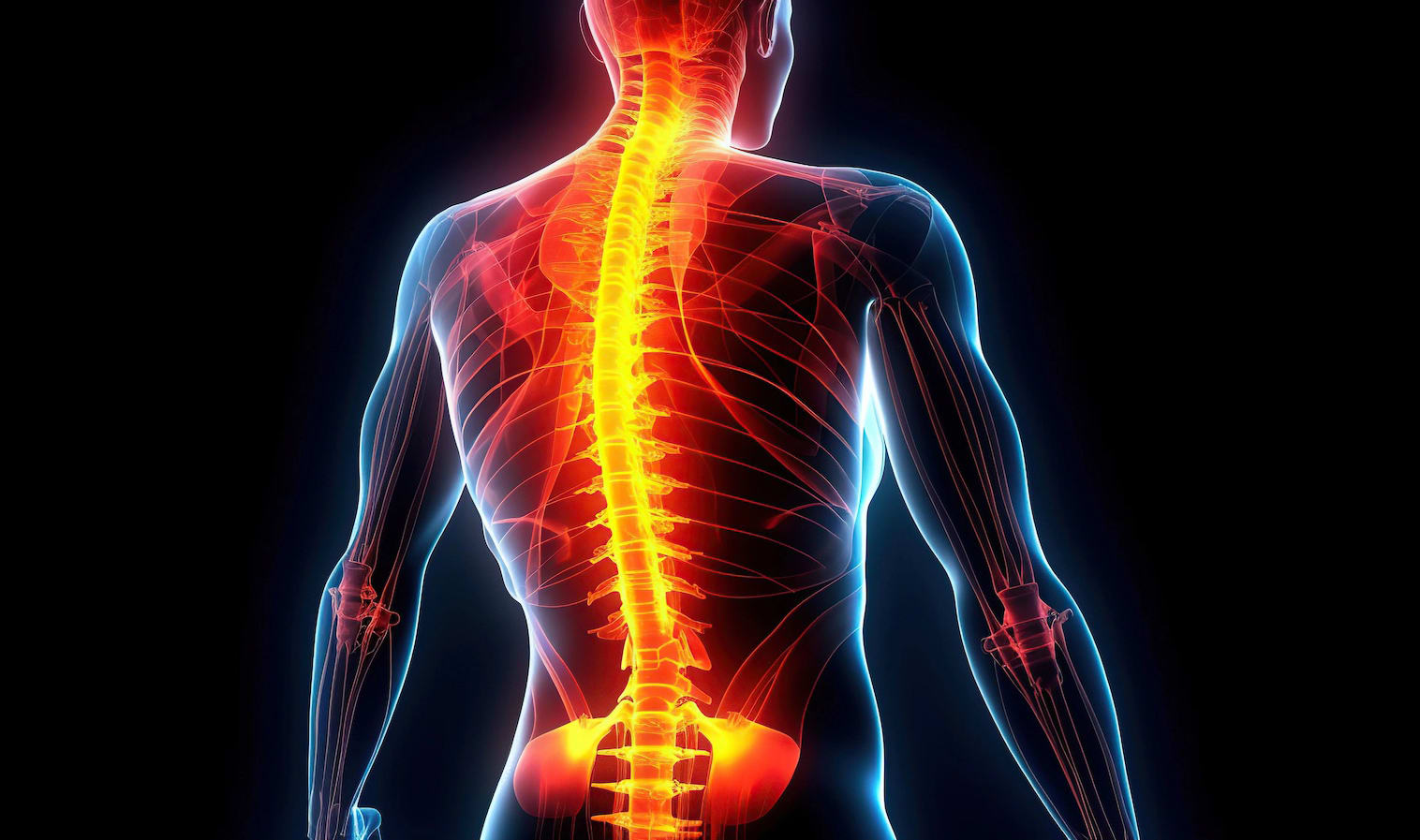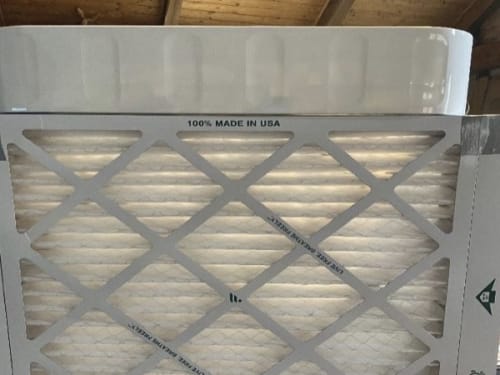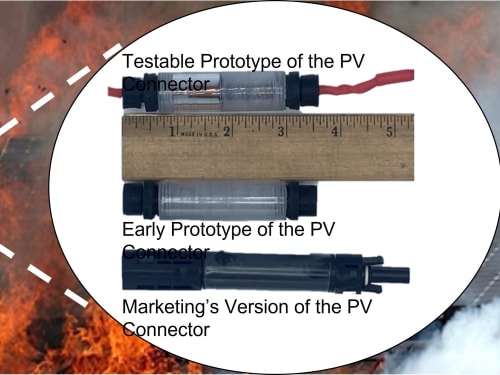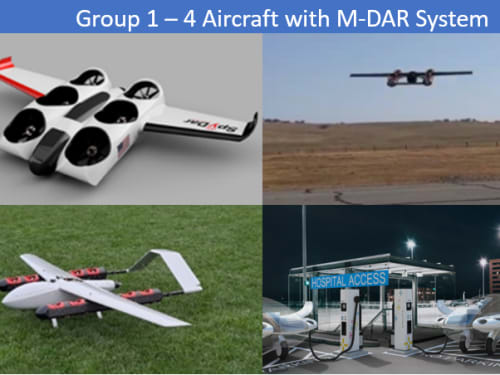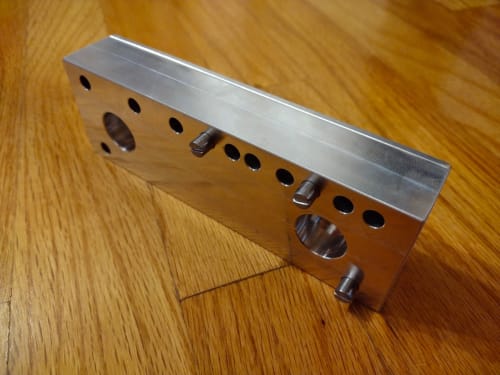The 2025 Contest is Now Open for Entries!
Submit your best new product ideas in any of seven categories for a chance at $25,000 USD and other great prizes. Here’s how to get started.
Help build a better tomorrow
Since Tech Briefs magazine launched the Create the Future Design contest in 2002 to recognize and reward engineering innovation, over 15,000 design ideas have been submitted by engineers, students, and entrepreneurs in more than 100 countries. Join the innovators who dared to dream big by entering your ideas today.
Read About All the 2024 Winning Inventions

Special Report spotlights the eight amazing winners in 2024 as well as honorable mentions in each category, plus the top ten most popular entries as voted by our community.
Click here to read moreA ‘Create the Future’ Winner Featured on ‘Here’s an Idea’
Spinal cord injury affects 17,000 Americans and 700,000 people worldwide each year. A research team at NeuroPair, Inc. won the Grand Prize in the 2023 Create the Future Design Contest for a revolutionary approach to spinal cord repair. In this Here’s an Idea podcast episode, Dr. Johannes Dapprich, NeuroPair’s CEO and founder, discusses their groundbreaking approach that addresses a critical need in the medical field, offering a fast and minimally invasive solution to a long-standing problem.
Listen nowThank you from our Sponsors
“At COMSOL, we are very excited to recognize innovators and their important work this year. We are grateful for the opportunity to support the Create the Future Design Contest, which is an excellent platform for designers to showcase their ideas and products in front of a worldwide audience. Best of luck to all participants!”
— Bernt Nilsson, Senior Vice President of Marketing, COMSOL, Inc.
“From our beginnings, Mouser has supported engineers, innovators and students. We are proud of our longstanding support for the Create the Future Design Contest and the many innovations it has inspired.”
— Kevin Hess, Senior Vice President of Marketing, Mouser Electronics
contest
Contest
Life expectancy is projected to increase in the next 10 years, resulting in a growth of the population of adults over the age of 65. The change is imperative to improve quality of life and promote healthy aging, with the feelings of independence and emotional support by care robots.
Humanity is currently facing a crisis that is equal to or greater than the tragedies of World Wars I&II. At the current rate of environmental degradation caused by global warming and climate change, the planet may be uninhabitable before the turn of the 21ST century.
When it comes to exploring complex and unknown environments such as forests, buildings, or caves, drones are hard to beat. They are fast, agile, and small, and they can carry sensors and payloads virtually everywhere. However, to date, expert human pilots are needed to release the full potential of drones.
Over the past several years we have been inventing a new internal combustion engine called the shock wave engine. Compared with the traditional engine's 30-40% efficiency, this shock wave engine would be in the range of 70% and higher. The invention has been granted a patent in IP Australia, passed examination in the EU patent office,
Problem Statement: The solar industry struggles with fire. Historically underreported by the U.S. Fire Administration, fires at solar installations rose 36% from 2017 to 2018, with residential installations representing the majority of fires. Every year, arcing faults are responsible for 30,000 fires in the US, killing and injuring hundreds of people, and causing over $750 million in property damage.
The patient management software:
stores patient data throughout their lifetime
connects several health centers, hospitals and clinics with a server, to exchange patient data, for better diagnosis
Each patient has a badge which gives access to his patient files.
Each patient can consult the data with his telephone without having the possibility of modifying them.
A feature of the drone is that it includes the properties of aircraft and helicopter types of UAVs. It is equipped with two beams on which 4 lift motors are mounted, designed for vertical takeoff and landing from almost any surface. A pulling engine is installed in the bow, designed to fly in airplane mode.
Traditional planar ducted fans can suffer from stall and drag in edgewise flight due to the high angle of attack at which air must turn into the rotors. This creates blade imbalance and instability in the aircraft that rely upon such fixed fan-in-wing designs.
Innovation:
I have designed and built a prototype replaceable vise jaws for use as a combined parallel and angle setting device. There are recently produced products that operate similarly, however, they use compressed air to "activate" the pins and all but the needed ones must be retracted. This has to occur every time the vise is opened and closed.
Page 101 of 990
